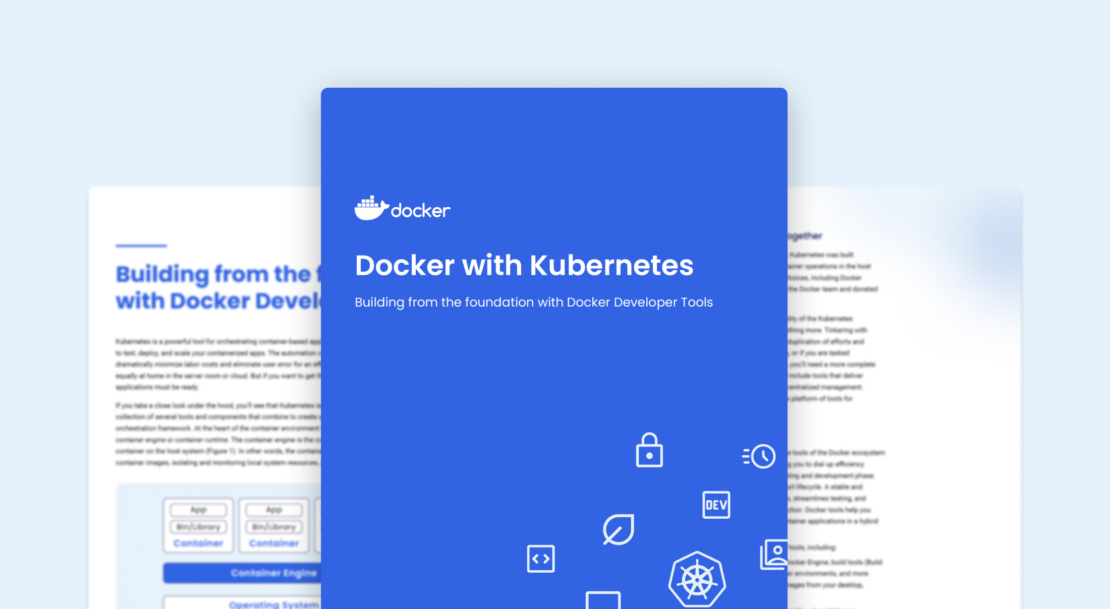Modal eliminates the "works on my laptop" → "fails in production" death spiral that kills ML projects. No more spending weeks configuring Docker images just to run inference. No more paying for idle GPUs because your boss heard "reserved instances save money."
The Docker/Kubernetes Hell Modal Fixes

I've been there at 3am debugging why my PyTorch model works locally but crashes in production with OOMKilled in a Kubernetes pod. Modal's Rust-based container runtime actually delivers sub-second container starts even for multi-GB models. A Llama-70B model that takes 15 minutes to load in a standard Docker container loads in 12 seconds on Modal.
The catch? You're locked into their Python ecosystem. Love writing YAML? Tough shit. Need bare metal GPU performance for research? Look elsewhere. Want to modify the underlying OS? Not happening.
Real Performance Numbers (Not Marketing BS)

Modal runs on Oracle Cloud Infrastructure as of September 2024. Stable Diffusion XL goes from "time for coffee" to "already done." I've deployed production models serving 100k+ requests with zero DevOps overhead.
But: That 40GB model still takes 40GB of GPU memory. Physics hasn't been repealed. Your H100 costs $3.95/hour when active - same as AWS GPU pricing or Google Cloud rates.
The Python Decorator Magic (Until It Breaks)
import modal
app = modal.App("my-app")
@app.function(gpu="A100")
def run_inference(prompt):
# Your ML code here - works until you have import errors
return result
This looks simple until you hit Python import hell. Missing dependencies? Cryptic container failure. Version conflicts? Good luck debugging that without shell access. The decorator magic breaks spectacularly when you have circular imports. Spent 4 hours debugging a 'ModuleNotFoundError' that turned out to be a missing init.py file that worked fine locally.
Who Actually Uses This Shit
Companies like Allen Institute for AI, Harvey AI, and You.com use Modal because they don't want to hire DevOps engineers to babysit Kubernetes clusters. Smart move - Modal works until you hit their limitations.
The free tier $30 credits last about 2 hours if you touch an A100. Team plan is $250/month plus whatever you burn through in compute. Enterprise pricing means "call us and we'll figure out how much you can afford."
What Modal Actually Does Well
GPU Jobs That Don't Suck: Deploys PyTorch/TensorFlow models without the usual containerization nightmare. Hugging Face integration works if your model fits their exact format requirements.
Batch Processing: Scales to thousands of containers when you need to process a shit-ton of data. Works great until AWS has an outage and takes Oracle Cloud with it.
Model Training: H100 access for fine-tuning if you can afford $4/hour per GPU. No upfront commitments, which is nice when your research budget is unpredictable.
Real-time APIs: WebSocket support for chat apps that actually need to scale. Cold starts are sub-second for small models, 30+ seconds for 50GB+ monsters because physics still exists.
